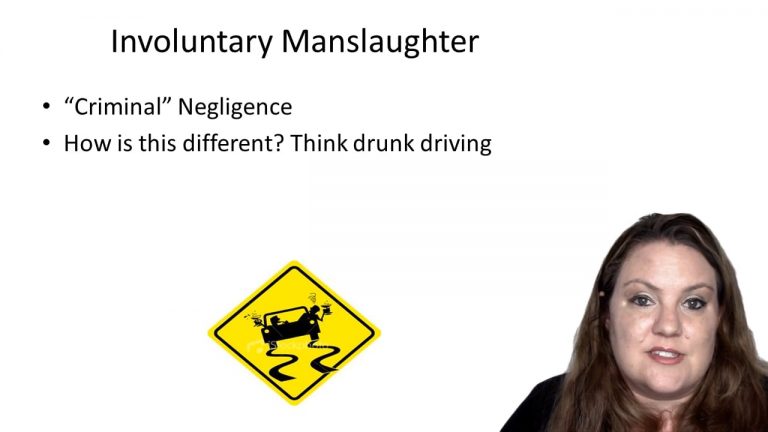SmartBrief
Confirm favorite deletion?
Criminal Law Keyed to Ohlin
Bailey v. Commonwealth
Citation:
229 Va. 258, 329 S.E.2d 37 (1985)Facts
The defendant and Gordon Murdock were both intoxicated and arguing over their radios. Murdock was legally blind and the defendant knew that he had a problem with his vision and that he was intoxicated. He also knew that Murdock owned a handgun and boasted about how he would use it to scare people off. Further, he knew that he became especially angry if anyone disparaged his war hero, General Patton.
The defendant implied that General Patton and Murdock himself were homosexuals. Then, the defendant demanded that Murdock arm himself with his handgun and wait for him to show up. Murdock responded by saying that he would be waiting on his front porch, and told the defendant to kiss his family goodbye because he would never return home.
The defendant then made two anonymous phone calls to the police department. A police car was dispatched to the address, but the officers reported they did not “see anything.” The defendant called Murdock back on the radio and chided him for not “going out on the porch.” More epithets and threats were exchanged. The defendant told Murdock he was “going to come up there in a blue and white car” and demanded that Murdock “step out there on the . . . porch” with his gun “in [his] hands” because he would “be there in just a minute.”
An officer approached Murdock from the side of the porch and told him to “[l]eave the gun alone and walk down the stairs away from it.” Murdock cursed him and reached for the gun and opened fire. The officers returned fire, and Murdock was killed.
The defendant was convicted with involuntary manslaughter.
Only StudyBuddy Pro offers the complete Case Brief Anatomy*
Access the most important case brief elements for optimal case understanding.
*Case Brief Anatomy includes: Brief Prologue, Complete Case Brief, Brief Epilogue
- The Brief Prologue provides necessary case brief introductory information and includes:
Topic:
Identifies the topic of law and where this case fits within your course outline.Parties:
Identifies the cast of characters involved in the case.Procedural Posture & History:
Shares the case history with how lower courts have ruled on the matter.Case Key Terms, Acts, Doctrines, etc.:
A case specific Legal Term Dictionary.Case Doctrines, Acts, Statutes, Amendments and Treatises:
Identifies and Defines Legal Authority used in this case.
- The Case Brief is the complete case summarized and authored in the traditional Law School I.R.A.C. format. The Pro case brief includes:
Brief Facts:
A Synopsis of the Facts of the case.Rule of Law:
Identifies the Legal Principle the Court used in deciding the case.Facts:
What are the factual circumstances that gave rise to the civil or criminal case? What is the relationship of the Parties that are involved in the case.Issue(s):
Lists the Questions of Law that are raised by the Facts of the case.Holding:
Shares the Court's answer to the legal questions raised in the issue.Concurring / Dissenting Opinions:
Includes valuable concurring or dissenting opinions and their key points.Reasoning and Analysis:
Identifies the chain of argument(s) which led the judges to rule as they did.
- The Brief Prologue closes the case brief with important forward-looking discussion and includes:
Policy:
Identifies the Policy if any that has been established by the case.Court Direction:
Shares where the Court went from here for this case.

 13m 29s
13m 29s